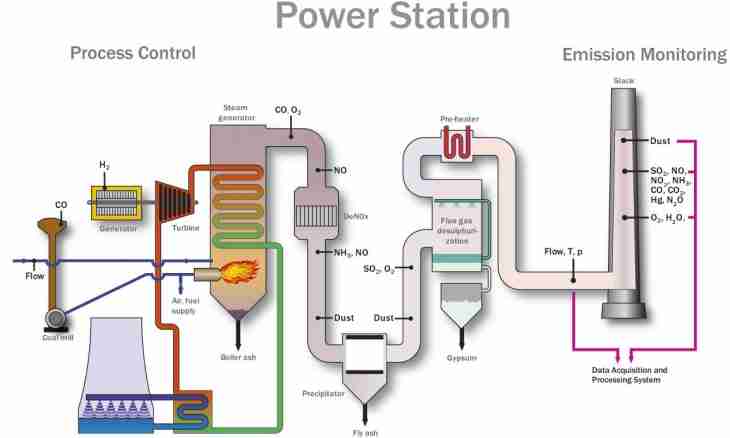In a training course of chemistry tasks in which it is required to calculate the volume of the gas emitted as a result of chemical reaction often meet. Almost all problems of this kind can be solved on the following algorithm.
It is required to you
- - Mendeleyev's table;
- - handle;
- - note paper.
Instruction
1. For example, you need to find the volume of the emitted hydrogen as a result of reaction of orthophosphoric acid and a carbonate of sodium. The most important for the decision is to work out the equation of reactions correctly. If you doubt how the substances given in your task react, look in reference books of property of the chemicals participating in reaction.
2. Place coefficients in the equation that number of atoms of elements in the left and right member of equation coincided. Now you see in what ratio substances react. You can determine the number of moles of the emitted gas by the known quantity of any of them. For example, if reacted 4 asking orthophosphoric acid, 6 moths of carbon dioxide will turn out.
3. Knowing the number of moles of gas, find its volume. Under Avogadro's law of 1 mol of any gas in normal conditions occupies 22.4 liters of volume. The volume of 6 moths of gas will be equal: 6*22.4 = 134.4 liters.
4. If in a condition the amount of reagent or a product of reaction is not given, find from its other data. With the known mass of one of substances you calculate its number of moles on a formula: v = m/M where v is amount of substance, mol; m – mass of substance; M – molar mass of substance, g/mol. You receive molar weight, having put atomic the weight of the elements making substance from Mendeleyev's table. For example, molar mass of H3PO4: M = 3*1+31+16*4 = 98 g/mol.
5. It is easy to calculate the weight or quantity from concentration of substance if solution volume is known. From molarity determine the number of moles of the dissolved substance by the equation: v = V*Cm, where V – the volume of solution, l; Cm – molar concentration, mol/l. The normality of solution is connected with molarity expression: Sn = z*cm, of mol-ekv/l where z is a reagent equivalent, quantity of protons of hydrogen which it can accept or give. For example, H3PO4 equivalent – 3.
6. Also you can find the mass of the dissolved substance from a solution caption: m = T*V, where T – a caption of solution, g/l; V – solution volume. Or from density: m = p*V, where r – density of solution, g/ml.

